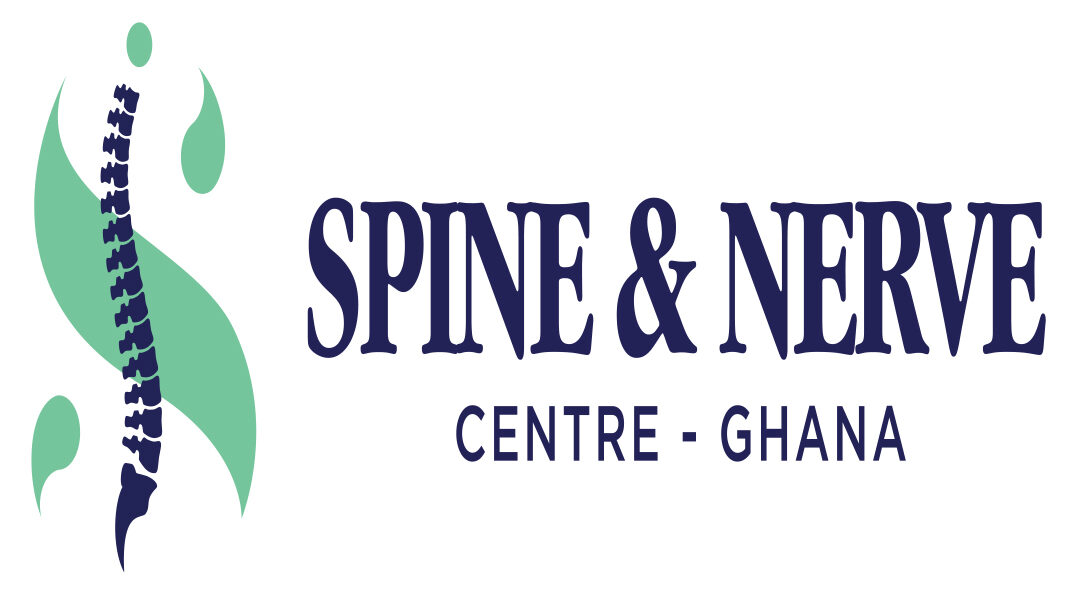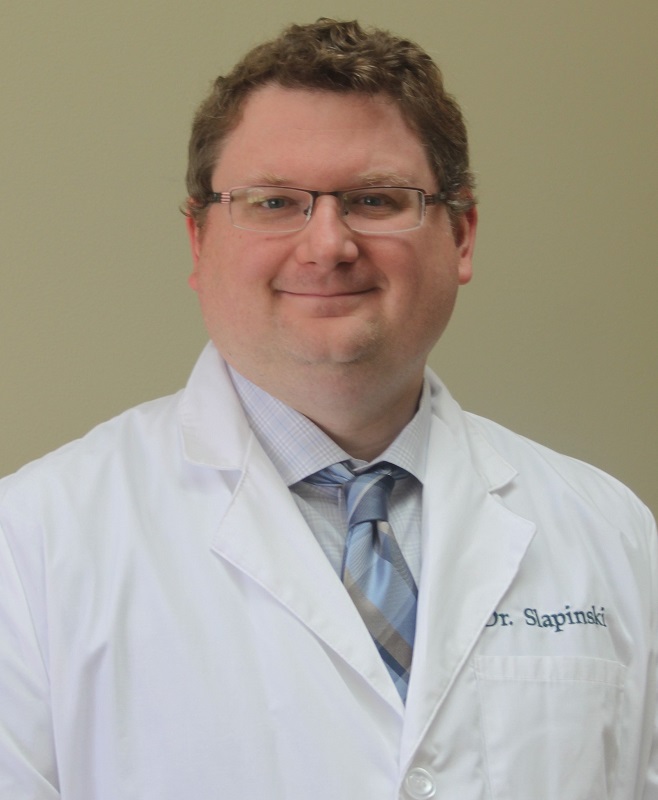Back and Neck Pain in Accra
Back and Neck Pain
Back and neck pain is the leading worldwide cause of years lost to disability and its burden is growing alongside the increasing and ageing population. It is a common ailment that can affect individuals of all ages and backgrounds, impacting not only physical well-being but also quality of life.


